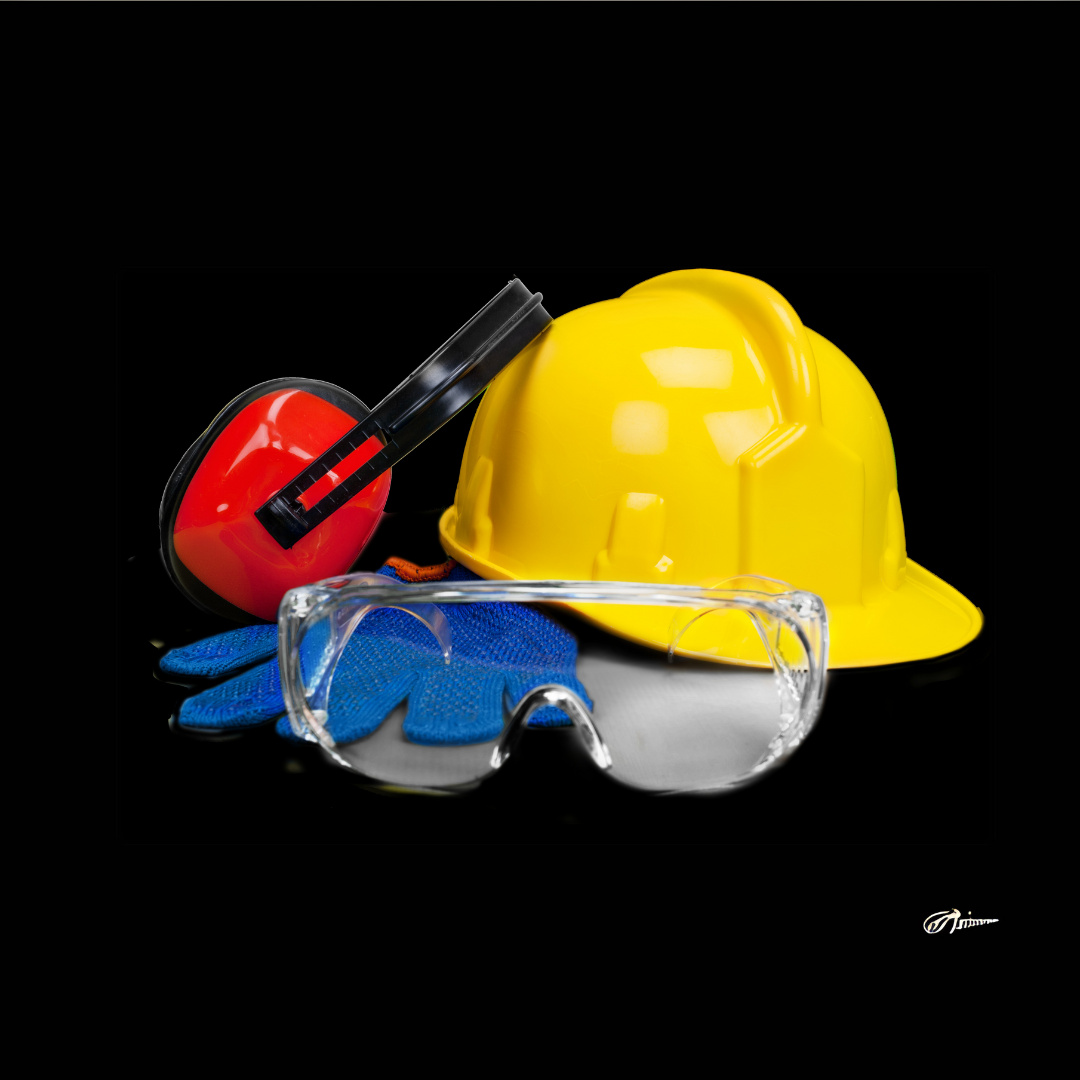|
|
This course will help prepare you for the Class 3 and Class 4 wastewater operators' state exam and IL EPA certification. Applicants must meet specific experience, education, and examination requirements in order to qualify for certification. You will earn three months of on-the-job credit by completing this class and gain confidence in your abilities as you take this first step in moving up in this vital water field.
|
If you are beginning a career in the water field, this course will prepare you for certification testing as a Class C and D Public Water Supply Operator. It will also serve as continuing education credits for Class A and B certificate holders.
|
|
This course covers a majority of the significant procedures and concepts related to the operation and maintenance of Illinois Class A and Class B public water supply operations and will prepare students for the Class A and Class B water operators' IL EPA exam and certification. Students must meet specific experience, education, and examination requirements in order to qualify for certification.
|
This course prepares you for the Illinois Environmental Protection Agency Class 1 and 2 Wastewater Operator Exam. It covers key procedures and concepts in the operation and maintenance of advanced water treatment systems. Topics include: activated sludge, chemical addition, digesters, primary and tertiary treatment, and pumps and pumping.
|
|
This 30-hour training equips participants with the knowledge to apply OSHA safety and health standards, policies, and procedures in the workplace. Participants will learn to use OSHA regulations to develop or enhance an effective safety and health program, identify common violations, and implement corrective actions to maintain compliance and ensure workplace safety.
|
Click the register link to see available sessions
This course addresses the requirements for safe work practices to protect personnel by reducing exposure to major electrical hazards. NFPA 70E helps companies and employees avoid workplace injuries and fatalities due to shock, electrocution, arc flash, and arc blast.
|


 Cart (0)
Cart (0)
